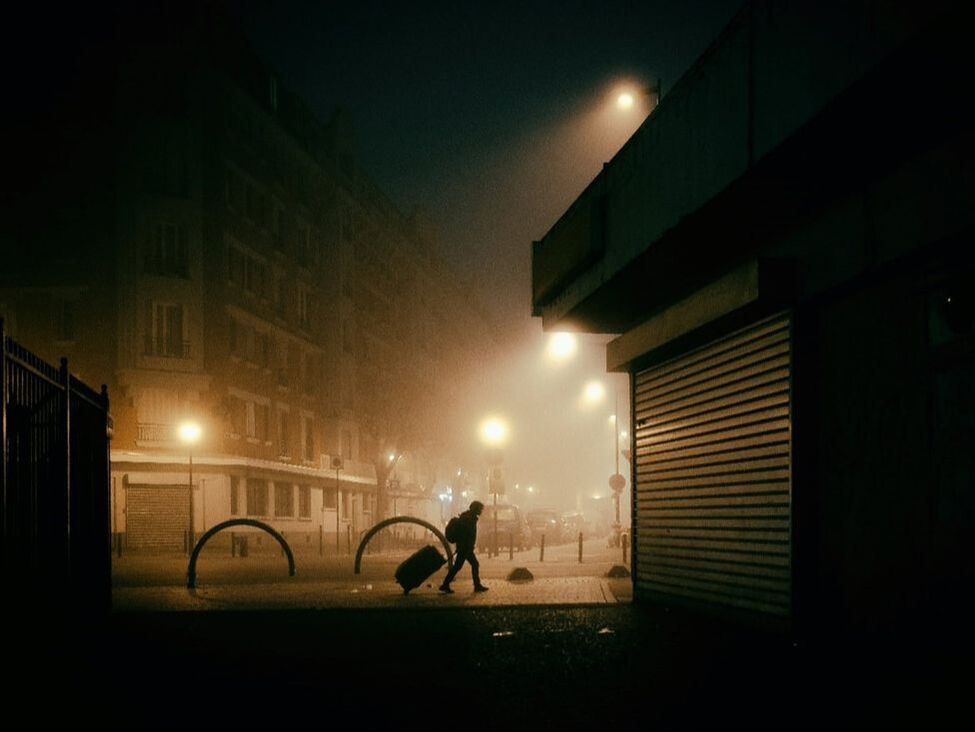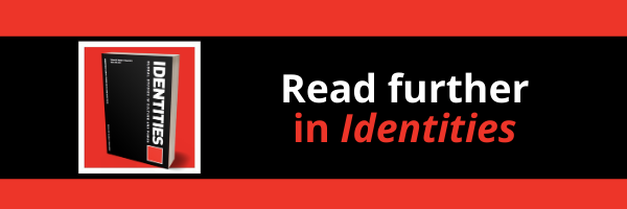|
|
|
When we speak of borders, we usually either refer to the lines considered to separate nation states or to the actions we are asked to perform when arriving in another country (such as showing one’s identity document or choosing a green or red lane depending on the goods we wish to declare). However, researchers working in the field of border studies have long started to think about borders in a much larger sense as spatial phenomena related to processes of inclusion and exclusion. Today’s global cities provide numerous examples of such phenomena. From gated communities to gendered spaces or neighbourhoods described as ‘ghettos’, cities often display spatial orders that limit the free movement of their inhabitants.
I was inspired to study French banlieues through the prism of critical border studies after a series of encounters with colleagues from the Alsatian city of Strasbourg. Like many of their fellow Strasbourgeois, these colleagues often went to the neighbouring German town of Kehl, where goods such as fuel, cigarettes or basic necessities from discount stores are considered cheaper. In normal times, this border is not policed and thousands of commuters, tourists and shoppers cross the Rhine every day. In contrast, none of my colleagues had ever gone to the Neuhof, a banlieue with a poor reputation in the southern suburbs of Strasbourg. At university, I met a Comorian-born student who lived in this area. He told me that the most difficult part of living in this socially vulnerable neighbourhood were not the living conditions as such, but the police controls and the regular frisking he experienced at least every week when taking the tram to the city center. For him, the true border did not run along the Rhine; it separated his neighbourhood from the rest of Strasbourg.
Such statements were a recurring theme in the interviews I later conducted with inhabitants from different banlieues in France. While scholarship on borders had gradually begun to focus on such inner-urban borders, only very few colleagues had sought to understand how movements in urban space could be related to the construction of borders. In my article published in Identities, ‘Border crossers: movements in urban space and the social production of borders in French banlieues’, I identified three types of movements, each one related to specific patterns of border-making.
First, there is the idea of 'leaving the banlieue behind' by moving to a neighbourhood with a ‘better’ reputation. This notion is deeply entrenched in the French republican meritocratic ideal of success through effort. In many precarious areas, it is expressed in the belief that, in order to be successful, one has to leave the banlieue. This social imaginary contributes to a widespread feeling of frustration and personal failure for those who remain in their neighbourhood. A second type of movements I identify are the often very lengthy commutes of banlieue inhabitants. Interviews and participant observation revealed certain practices, through which individuals change their appearance in order to adapt to another environment. One informant, for example, would remove her headscarf in a particular location during her commute. Another one described having developed a complex routine in order to avoid being seen dressed in traditional West African clothes when going to the mosque. Such phenomena are closely related to the making and upholding of urban borders, but they have barely been investigated yet. Finally, I focused on a third form of movement in urban space: sporadic, non-work related movements. This category includes movements related to leisure and love or intimacy. It is in the context of these movements that banlieue inhabitants (particularly men) are most frequently confronted with controls on the basis of their assumed ethnicity, residence status and even sexual behaviour. These controls have a destabilizing effect on the sense of belonging and they encourage individuals to limit the spatial reach of their movements, thus favouring social and spatial disintegration. In conclusion, I argue that, drawing from critical border studies to analyze social realities that are not usually considered as related to borders, can give us new perspectives on how seemingly trivial phenomena, such as movements in urban space, can be constitutive features of identity. Ultimately, my article can also be read as a plea for a new spatial turn, one that pays more attention to everyday movements and how they are imagined by individuals and communities.
Blog post by Dimitri Almeida, University of Halle-Wittenberg, Germany
Read the Identities article: Almeida, Dimitri. Border crossers: movements in urban space and the social production of borders in French banlieues. Identities: Global Studies in Culture and Power. DOI: 10.1080/1070289X.2022.2099118
Read relevant Identities articles:
Border dispositifs and border effects. Exploring the nexus between transnationalism and border studies Restructuring locality: practice, identity and place-making on the German-Polish border Diversity, urban space and the right to the provincial city OPEN ACCESS Comments are closed.
|
|
Explore Identities at tandfonline.com/GIDE |
|
The views and opinions expressed on The Identities Blog are solely those of the original blog post authors, and not of the journal, Taylor & Francis Group or the University of Glasgow.


